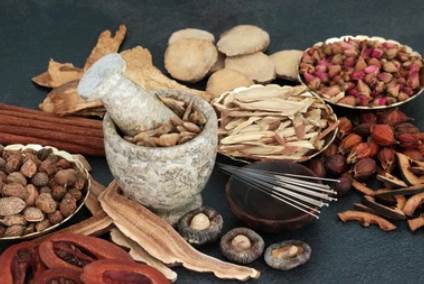
Matrine is an alkaloid extracted from the dried roots, plants, and fruits of Picrasinum sativum (Leguminosae) by organic solvents. Matrine is a natural botanical pesticide with low toxicity to humans and animals. It is a broad-spectrum insecticide with poisoning effects of touch and stomach. It has an obvious control effect on stick insects, cabbage greenfly, aphids, and red spiders on various crops.
Matrine analysis can determine the amount of matrine in a sample. By accurately measuring the content of matrine, it is possible to assess the quality of pharmaceutical preparations, determine appropriate dosages and dosing regimens, and monitor changes in drug concentrations during treatment.
Analysis of matrine can be used for quality control of herbs and pharmaceutical preparations. By analyzing the amount of matrine in a sample, it can be ensured that the product meets the required quality standards and specifications. This helps to ensure the consistency and stability of the drug product and its safe and effective use.
The pharmacokinetic properties of matrine in vivo, such as rate of drug elimination, drug half-life, and drug distribution in tissues, can be assessed by analyzing the concentration changes of matrine.
When combining multiple drugs, understanding the interaction of matrine with other drugs is essential for rational drug use and avoiding adverse drug reactions. By analyzing the interaction of matrine with other drugs, the mechanism of their synergistic, antagonistic, or interactive effects can be assessed.
In addition to the common high-performance liquid chromatography (HPLC), gas chromatography (GC), also includes capillary electrophoresis.
Capillary electrophoresis is an analytical technique based on the principle of electrophoresis, which can be used to analyze matrine. The method separates matrine by applying an electric field in a capillary tube and utilizes a UV detector for detection and quantitative determination. The capillary electrophoresis method has the advantages of good separation effect and fast analysis speed.
You can do the separation and purification of matrine by yourself, or leave it to our staff to do the separation and purification of matrine. Note: The product we need to analyze should be of high purity.
The analytical methods and procedures for matrine may vary depending on the specific experimental purpose, equipment, and sample characteristics. Therefore, in practice, it is necessary to communicate with professionals to obtain the most suitable analytical method.
The analytical data we can provide to our clients includes:
With state-of-the-art technology and a team of talented scientists and experts, Lifeasible is committed to providing the best matrine analytical services at competitive prices to customers worldwide. If you are interested in our services or have questions, please feel free to contact us or make an online inquiry.
Lifeasible has established a one-stop service platform for plants. In addition to obtaining customized solutions for plant genetic engineering, customers can also conduct follow-up analysis and research on plants through our analysis platform. The analytical services we provide include but are not limited to the following:
Get Latest Lifeasible News and Updates Directly to Your Inbox
Adaptive Evolutionary Mechanism of Plants
February 28, 2025
Unraveling Cotton Development: Insights from Multi-Omics Studies
February 27, 2025